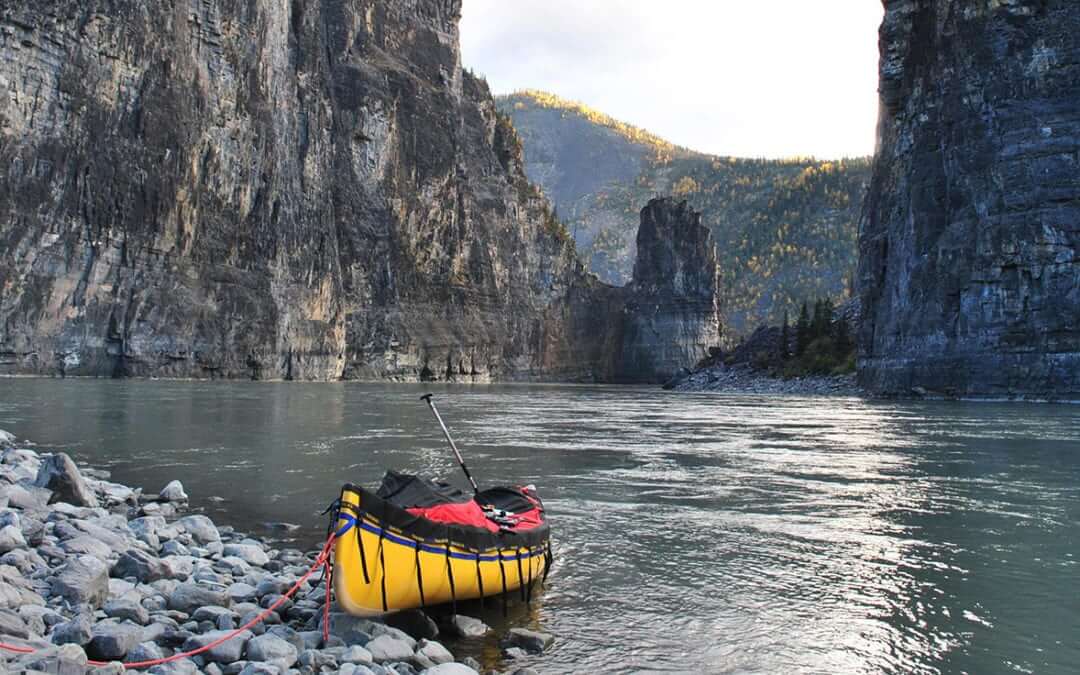
Recently, two reissued books from the early 1900s caught my attention. The books are That Summer on the Nahanni 1928: The Journals of Fenley Hunter and Sleeping Island: A Journey to the Edge of the Barrens, by P. G. Downes.
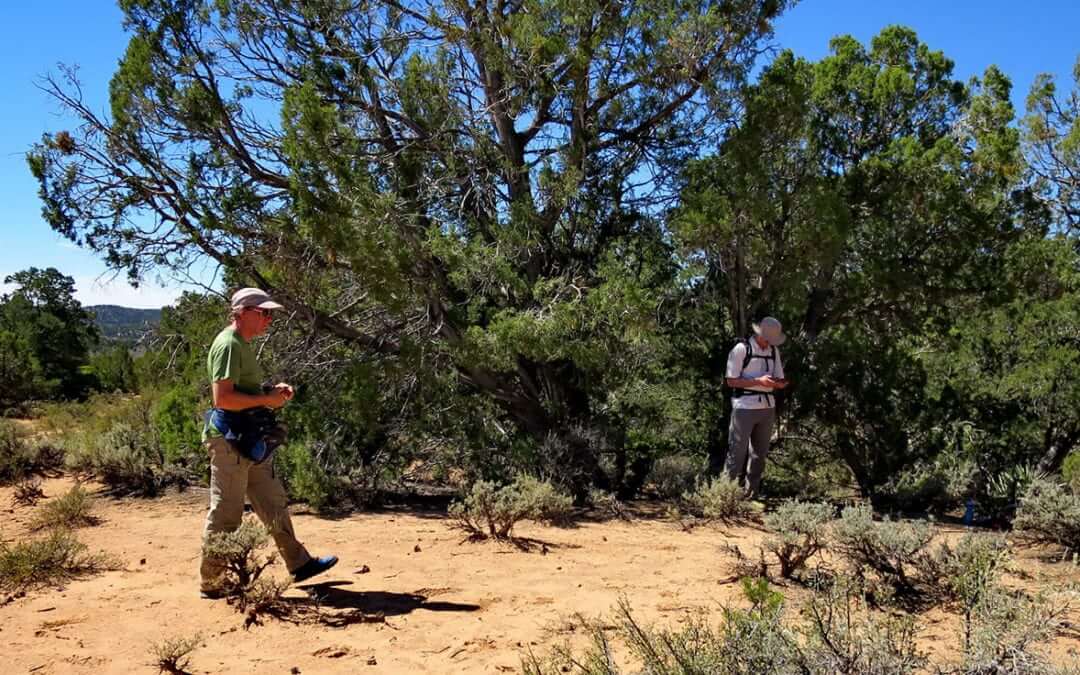
Studies demonstrate that wilderness therapy programs can be beneficial for participants; however, little research has explored the ecological impacts of these programs.
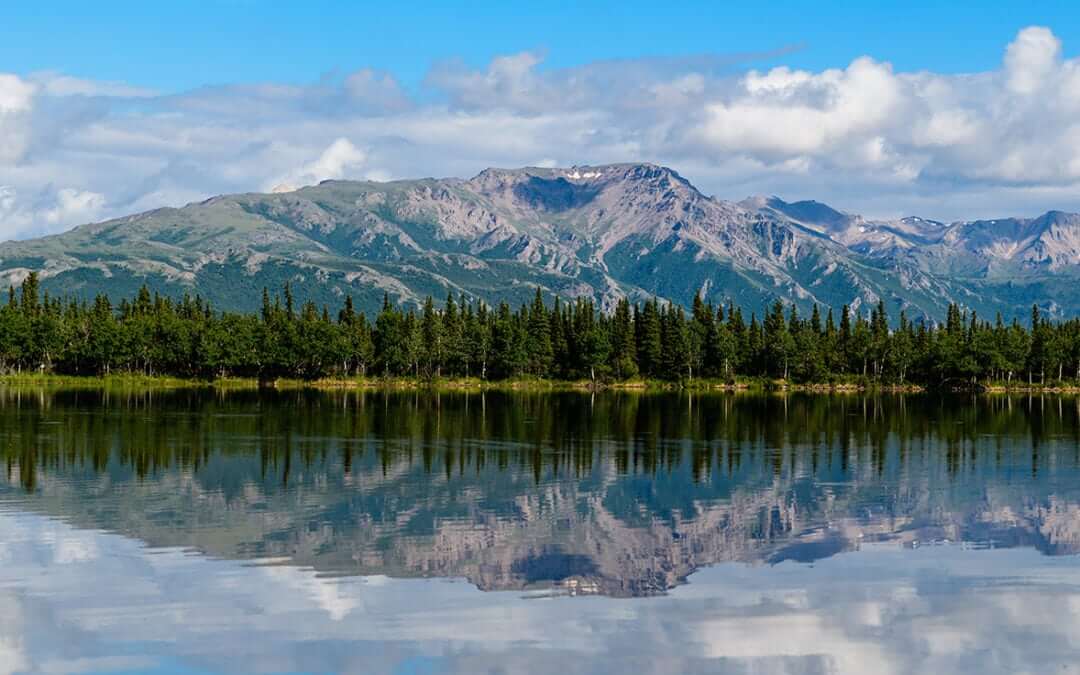
Denali National Park and Preserve (DNPP), home to 6 million acres (2,428,114 ha) of land protected as wilderness, has collected a variety of biophysical acoustic data related to a backcountry management plan.
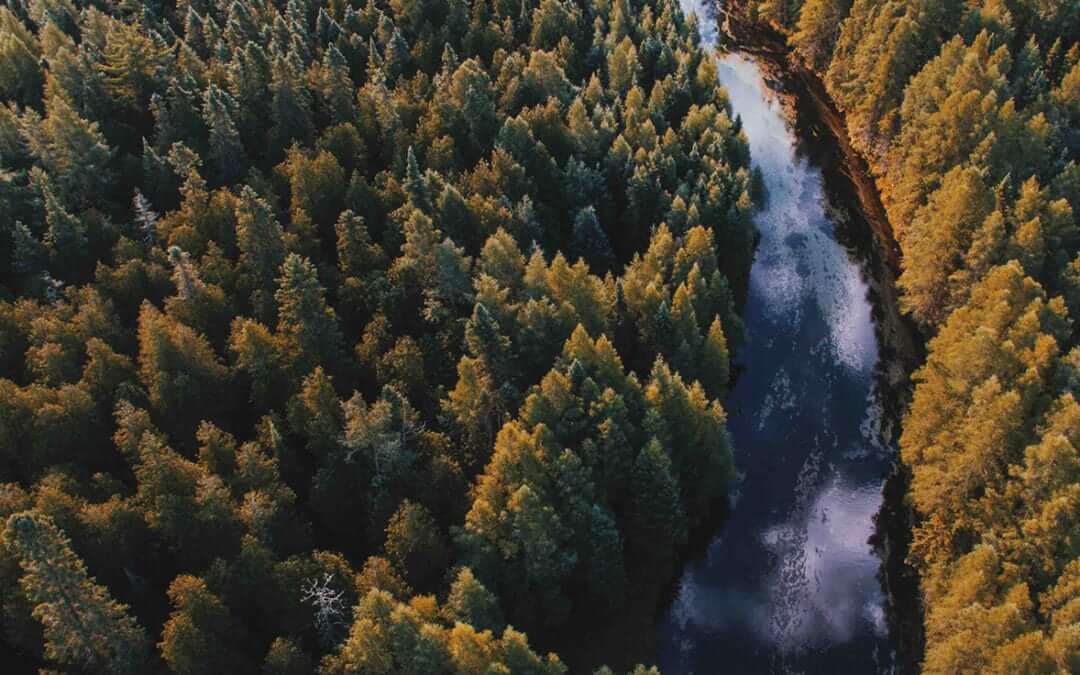
Wilderness areas of the National Wilderness Preservation System (NWPS) serve as core units of a national system of conservation reserves in the United States.

Consistent messaging is key to public acceptance and use of the LNT principles. The more the public accepts and uses the LNT guidelines, the less likely it is that agencies will need to develop recreation-related rules in wilderness.
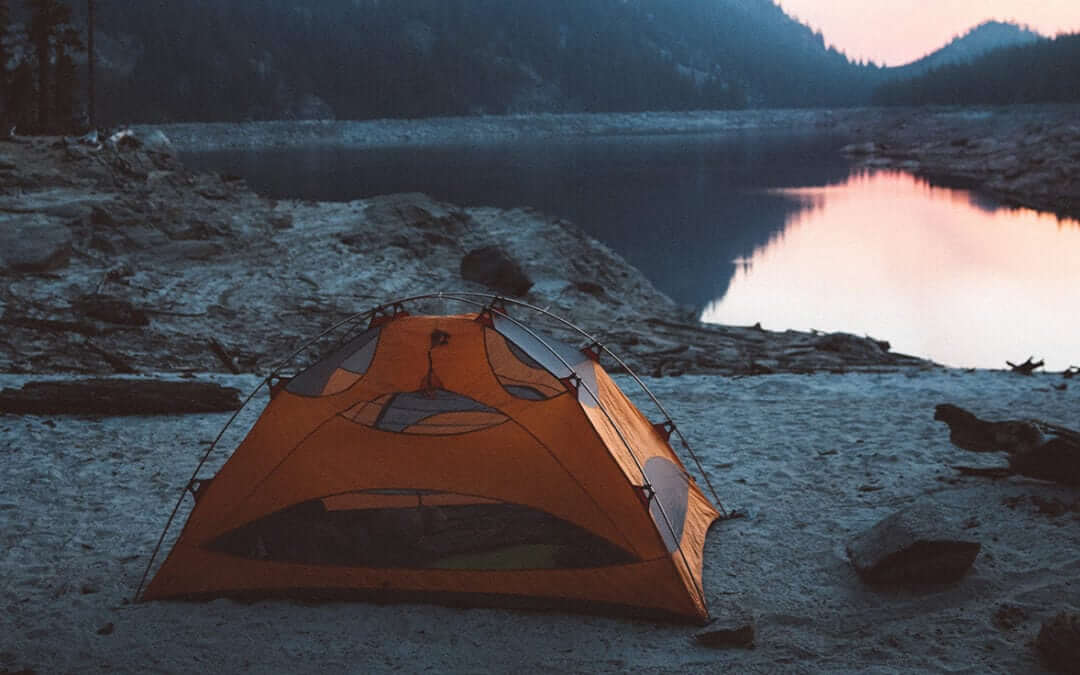
We concur that regulatory and messaging consistency is a beneficial mutual goal and suggest that it’s time to reexamine the biophysical and social scientific basis for such guidance.






